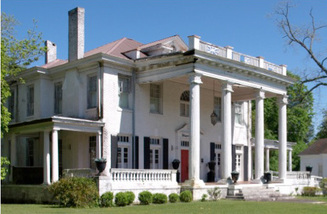
 This stylish, two-story, brick, Beaux-Arts residence stands in a prominent location in the Geneva Street National Register Historic District of Opelika. Built circa 1900, it was recently used as a restaurant and B&B but now stands vacant and in desperate need of repair. Roof and cove gutter problems have damaged the handsome exterior wooden cornice and threaten to spread wood rot and insect infestation to the gracious interior that currently remains intact. Elaborate neoclassical woodwork surrounds original doors, windows, and multiple fireplaces. A dated commercial kitchen needs new appliances to meet current codes.
2 Comments
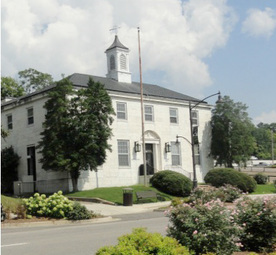 This restrained Colonial Revival/Art Deco structure of marble and brick was designed by Louis A. Simon, Supervising Architect for the Department of the Treasury. The lobby features a 1947 mural by Russell Hardman of Native Americans meeting DeSoto. The Old Post Office is on the National Register, owned by the City, and located in Guntersville’s historic and entertainment districts next door to a shuttered restaurant in a historic building that is for sale. UPDATE: Due to the feature of Manitou Cave in Issue 122, MCAL received a rewarding donor response for the MCAL Visitor Center that helped pay for a new roof, which saved the building and Redwood beams.
This place may have seen human activity for 10,000 years, but the past few decades have been tough on the terrain. Manitou Cave of Alabama, located in Fort Payne, is a sacred space for the Cherokee. Manitou, an Ojibwa word, means spirit. It contains inscriptions from the Cherokee syllabary, which was invented by Sequoyah in 1821 while he lived in Willstown, known now as Ft. Payne. The Trail of Tears may have passed below Manitou Cave of Alabama. English language graffiti inside the huge cavern dates as early as 1814. The cave also contains fossils and at least one rare and endangered species, a water snail. In the mid-twentieth century the cave was commercialized and a Mid-Century Modern visitor center was built in 1961. The tourist attraction closed in 1973 and the pavilion was abandoned, but the concrete steps and wood and steel bridges inside the cave are intact and still lead to the “Ballroom” that featured electric lights and natural air conditioning (a constant 58 degrees) in the 1920s. This small, frame, Neo-Gothic chapel is located in Clayton, Barbour County, and was built ca. 1875. It was de-sanctified in the 1960s but has been lovingly maintained over the years by local garden clubs, community members, and the family that donated the land for the church. The Camelia Garden Club and friends have repaired and secured the building. The City has mowed the lawn, and the founding family has contributed time and materials to preserve the building. It was added to the National Register in 1995.
|
Alabama's Endangered Historic LandmarksEach year since 1994, Alabama Heritage has highlighted threatened historic sites throughout Alabama. The “Places in Peril” list has identified more than 215 imperiled historic resources throughout the state, and is compiled by the Alabama Historical Commission and the Alabama Trust for Historic Preservation. The locations highlight the results of deferred maintenance, perceived obsolescence, development pressures, and lack of funding—forces that now more than ever threaten our cultural legacy. But awareness is a powerful force, too, and can cultivate a renewed determination to be responsible stewards of our heritage. For more information, visit the AHC or the ATHP websites. Alabama Heritage is proud to bring to you a selection of the places designated as perilous. Please keep your comments to information relevant to the featured place in peril. Alabama Heritage reserves the right to delete any comment that we deem inappropriate. Archives
May 2024
|
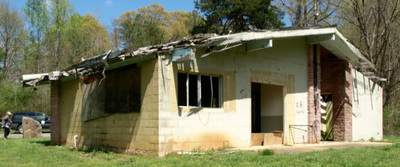
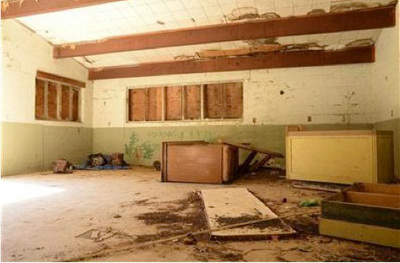

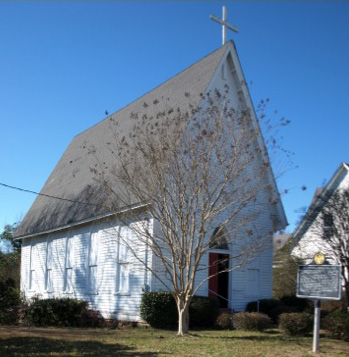

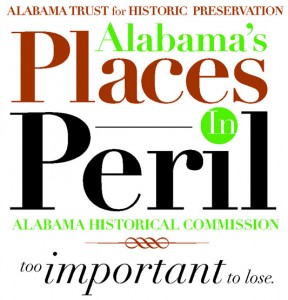
 RSS Feed
RSS Feed